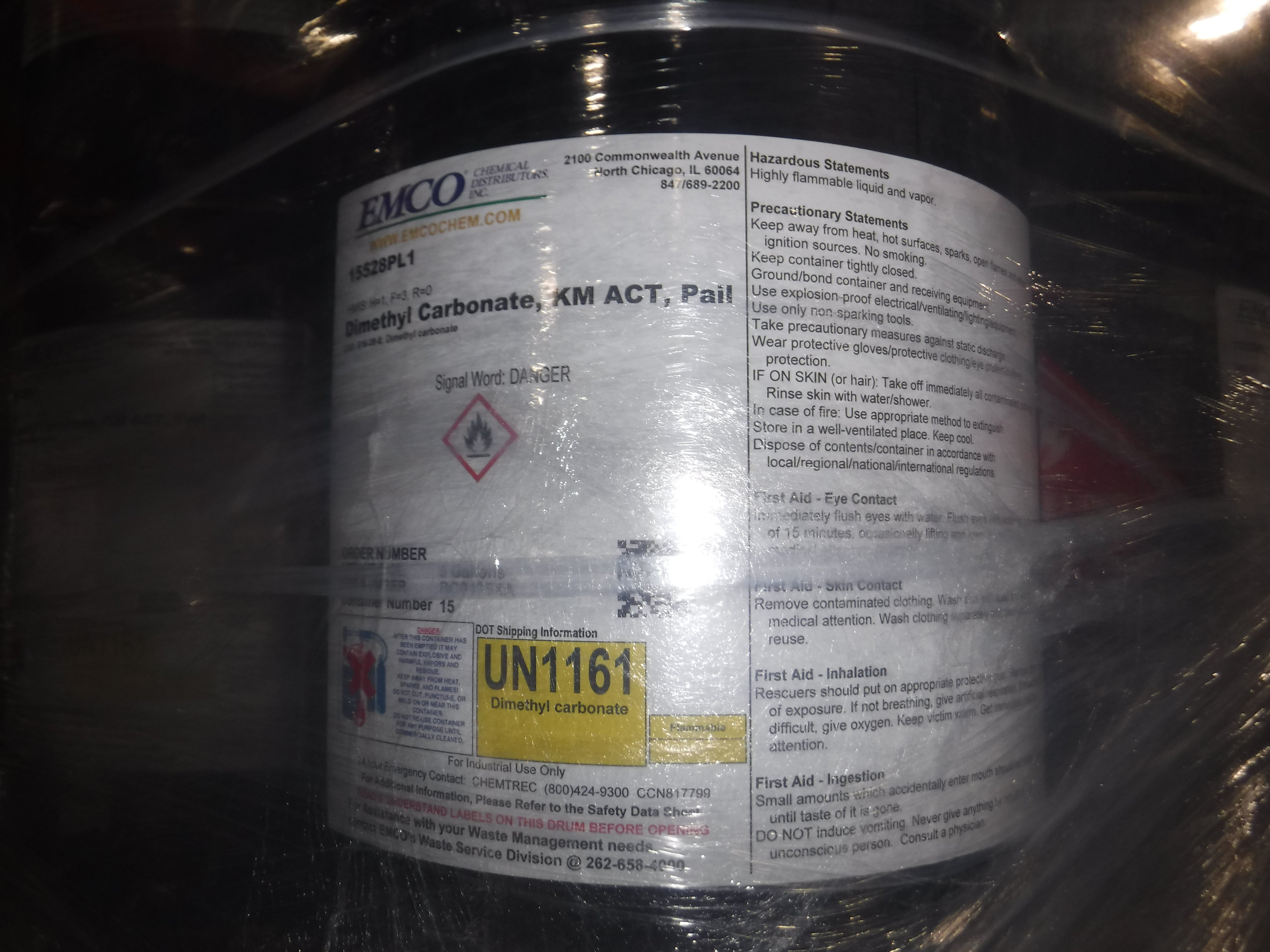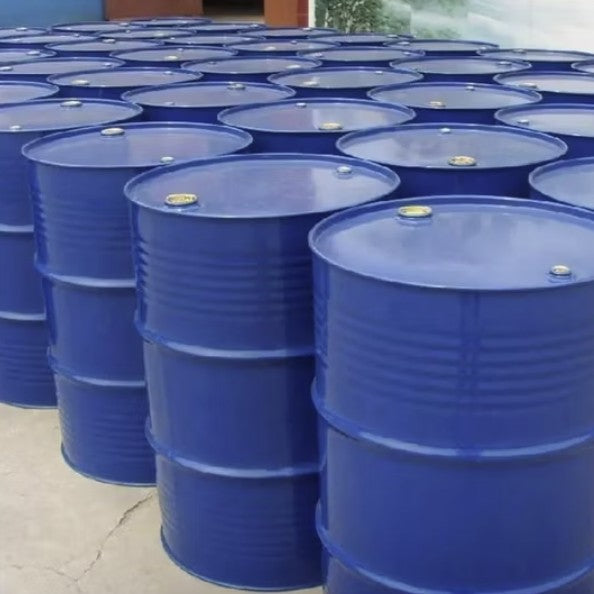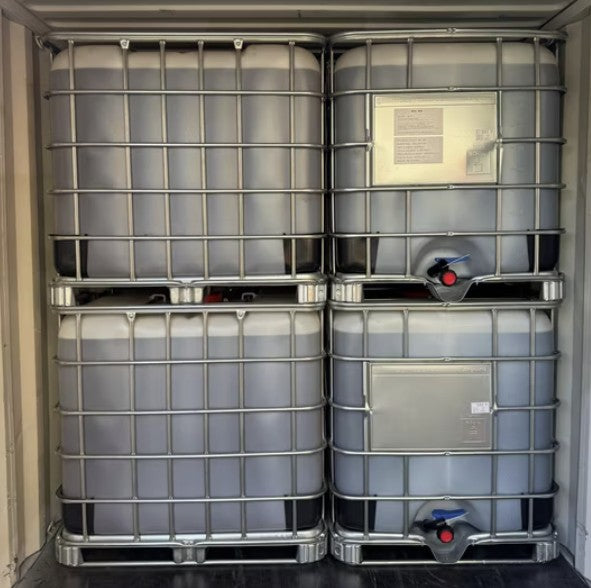Solvent
![]() Chemical Grades and Their Criteria
Chemical Grades and Their Criteria
Chemicals are classified based on purity and intended application. Below are the most common grades used in laboratories, manufacturing, and research:
Grade
|
Description & Typical Use
|
Purity
|
ACS Grade
|
Meets or exceeds the standards of the American Chemical Society. Suitable for high-purity analytical work.
|
≥ 95–99.9%
|
Reagent Grade (AR)
|
Similar to ACS; suitable for precise laboratory and analytical applications.
|
≥ 95–99.9%
|
USP/NF Grade
|
Complies with U.S. Pharmacopeia (USP) or National Formulary (NF) standards. Used in pharmaceuticals and healthcare.
|
≥ 95%
|
Food Grade
|
Safe for human consumption. Must meet FDA or USDA regulations.
|
≥ 95%
|
Laboratory Grade
|
Used in educational labs or general experiments. May contain impurities.
|
~85–95%
|
Technical Grade
|
Used in industrial processes where high purity is not required.
|
~70–90%
|
Industrial Grade
|
For large-scale industrial use; may contain significant impurities.
|
Not strictly defined
|
Electronic Grade
|
Extremely high purity required for semiconductors and electronics.
|
≥ 99.999% (5N to 9N)
|
HPLC/GC Grade
|
Solvents for high-performance liquid chromatography (HPLC) or gas chromatography (GC).
|
Ultra-high purity
|
Spectrophotometric Grade
|
Free of UV/Vis/IR interfering substances; used in optical analysis.
|
What to Check Before Purchase
1. Is the grade appropriate for your application? (e.g., ACS for analysis, Technical for production use)
2. Does the supplier provide a Certificate of Analysis (CoA)?
3. Are
impurity levels acceptable for your needs (ppm/ppb)?
4. Does the product meet regulatory standards (USP, NSF, FDA)?


